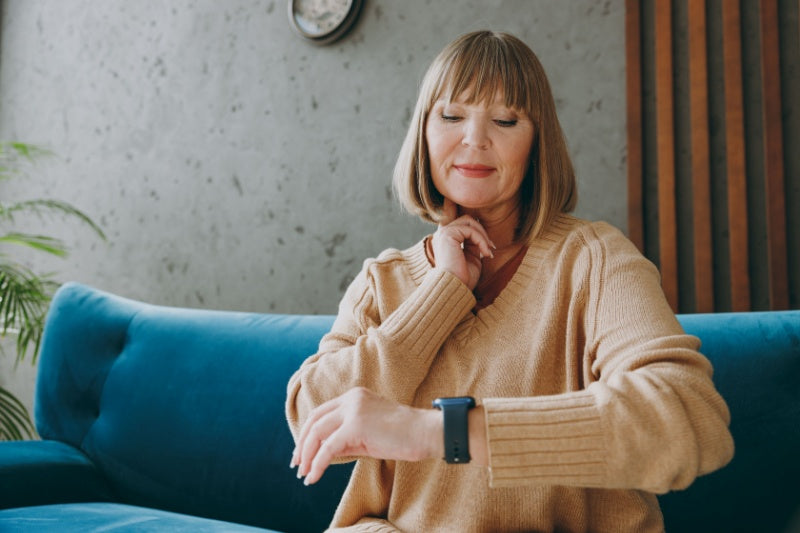
Technology for Improved Joint Health
Joint health is no longer just the domain of physical therapists and orthopedic specialists. Thanks to technology, staying on top of your mobility and protecting your joints has never been more accessible—or more convenient. Wearables and apps are at the forefront of this trend, empowering individuals to take control of their joint health in ways that were unimaginable a decade ago.
The Rise of Tech-Enabled Joint Care

As people increasingly focus on aging actively and managing joint issues like arthritis or injury, fitness tech has stepped in to fill a vital need. From wearable devices that track movement and suggest modifications to apps that offer customized exercise routines for joint health, the options are growing rapidly.
These tools don’t just cater to athletes or fitness enthusiasts—they’re designed for anyone who wants to improve mobility, prevent joint problems, or recover from joint-related injuries.
Top Wearables for Monitoring Joint Health

Fitness trackers and smartwatches have become must-haves for tracking daily activity, but many now feature advanced capabilities tailored to joint health.
Smart Bracelets with Joint Tracking Devices like the WHOOP Strap and Oura Ring track not just steps, but metrics like strain, recovery, and sleep quality—all of which impact joint health. Monitoring recovery periods can help prevent overuse injuries to joints.
Motion-Sensing Wearables Gadgets such as Xiaomi Mi Bands or Garmin Venu watches use advanced motion sensors to detect how you move. Some even provide insights into gait and posture, helping you correct bad habits that could harm your joints.
Rehabilitation Wearables Devices like the KneeKG System analyze knee movement in 3D, providing real-time data for rehabilitation purposes. These wearables are particularly useful for recovering from surgeries or managing chronic knee pain.
Apps for Personalized Joint Health

Pairing wearables with apps amplifies their effectiveness. Many apps are designed to complement wearable devices, while others are standalone tools:
Mobility-Focused Fitness Apps
- Joint Health 360: Provides daily exercises tailored to maintain or improve joint function.
- ROM Coach: Focuses on increasing range of motion (ROM) with guided routines for different joints.
- Arthritis Management Apps
- MyRA: Tracks symptoms, medications, and triggers for those managing rheumatoid arthritis.
- CreakyJoints’ ArthritisPower: Lets users monitor symptoms and disease progression while contributing to arthritis research.
- Posture and Movement Correction Apps
- CoachMe Posture: Works with your smartphone’s sensors to guide you into healthier postures, reducing stress on your joints.
Benefits of Wearables and Apps for Joint Health
 Real-Time Feedback Wearables and apps provide instant feedback, allowing you to adjust movements that might otherwise strain your joints.Preventative Care Regular monitoring ensures you’re not overdoing it during workouts or daily activities, helping to prevent long-term joint damage.
Real-Time Feedback Wearables and apps provide instant feedback, allowing you to adjust movements that might otherwise strain your joints.Preventative Care Regular monitoring ensures you’re not overdoing it during workouts or daily activities, helping to prevent long-term joint damage.Considerations Before You Dive In

Not all technology is created equal, so here’s how to choose the right tool:
- Consult a Professional: Get a doctor or physical therapist’s input, especially if you have existing joint issues.
- Prioritize User-Friendly Options: The best device or app is the one you’ll actually use!
- Focus on Accuracy: Look for wearables and apps with positive reviews for data accuracy.
The Future of Joint Health Tech
The fusion of AI, biomechanics, and wearable tech promises even greater innovation. Imagine wearables that not only monitor your joints but also provide physical therapy-like exercises in real time!
With joint health tech evolving so rapidly, there’s never been a better time to embrace these tools. Whether you’re looking to prevent joint issues, manage a condition, or optimize mobility, there’s a device or app that can meet your needs.
